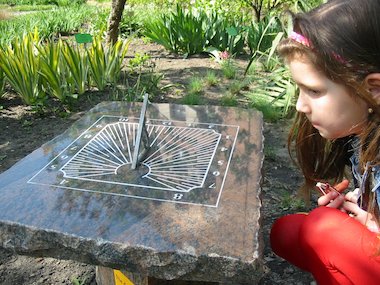Timing devices
Add to My Folder
Bring out the science behind time by investigating how to make a variety of timing devices from shadow sticks and sundials to water clocks and marble timers.

Timing devices have been used throughout the centuries. Some were basic, others more sophisticated, but most of the methods used fall into two main types. The first type of timer uses a slow process that can be graduated so smaller periods of time can be measured. Water clocks and candle clocks both use this method. The second type of timer involves the counting of many identical or similar movements. This effect is created by the steady rhythmic swing of a pendulum or, in modern times, by the movement of a quartz crystal, which can vibrate as much as 100,000 times a second.
This article is devoted to instructions for making timing devices using both these methods, and science and D&T skills will be put to good use. Children should be encouraged to formulate their own ideas and investigate how well their timing devices function. The activities use everyday materials but children will need to know how to use a stopwatch with some accuracy.
Ages 7-9
Marble timer
Already a member? Sign in below.
Published 18 March 2019
Reviews
You need to be signed in to place a review.


